EDIT: originally published in August, this event was postponed until this weekend, Nov 7-8.
---
EV racing might not be everyone’s cup of Coke, but there’s an electric racing series that’s booming in Hamilton with a field of close to 200 cars converging for a two-day event in late August. No Nissan Leaf or Hyundai Ioniqs here, brands include TLR, Yokomo, Associated and Kyosho.
With entries capped at 160 almost two months out from race weekend, the 2020 Waikato Champs will host 1/10th scale car racing… on a skating rink… off-road… on carpet. Confused yet? Let us explain.
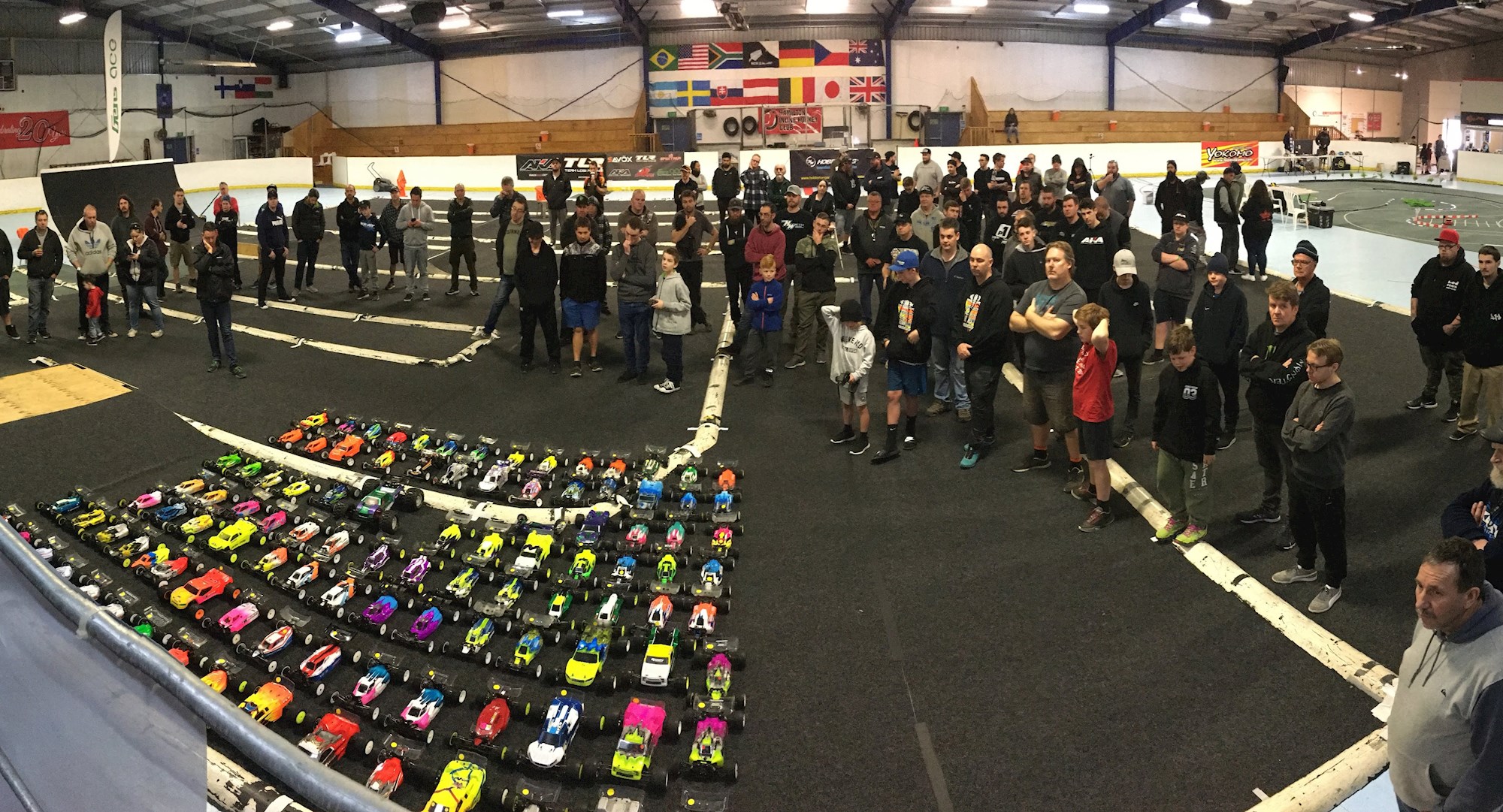
Radio control car racing is nothing new, emanating from the 1980s when the likes of Tamiya, Team Associated and Team Losi launched cars that were a step up from the remote-controlled toys from Toyworld or The Warehouse. Pre-internet, pre-YouTube, a new generation grabbed hold of these cars and raced them at local BMX tracks, backyards and RC tracks around the world.
Like any sport it had peaks (80s/90s) and valleys (90s/00s), but today it’s back as strong as ever with clubs around the country offering racing on various surfaces: dirt, tarmac, artificial grass and carpet, held both indoor and outdoor. Scales are most commonly 1/10th running batteries and electric motors, with the larger 1/8th scale racers running ‘gas’, the RC term for single-cylinder petrol engines.
There’s even a sanctioning body – the NZRCA – that governs and guides the dozens of clubs around the country, and promotes both club, regional and national events. There are even international events called the IFMAR World Championships, held in locations around the world.
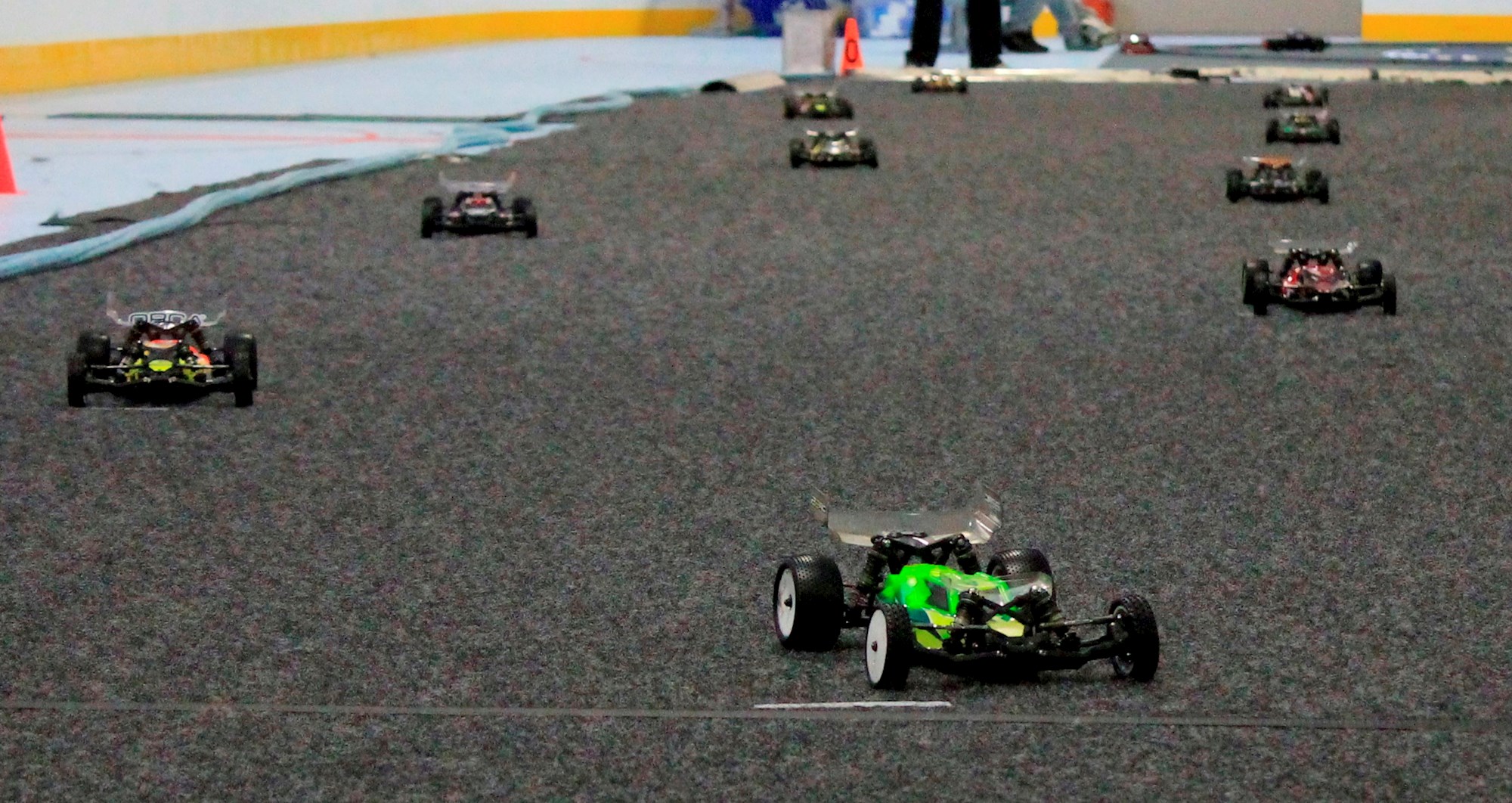
Arguably the largest event on the NZ RC calendar year is the Waikato Champs, with entry numbers capped (and reached a month out), held at Hamilton’s Inline Skating Rink. Quite literally a skating rink 29 days each month, the Hamilton RC Car Club takes over the venue each first Saturday to hold its club events, laying down a racetrack of garage-spec carpet, then a track layout made of pipes, Velcro, bumps, jumps and a radical wallride.
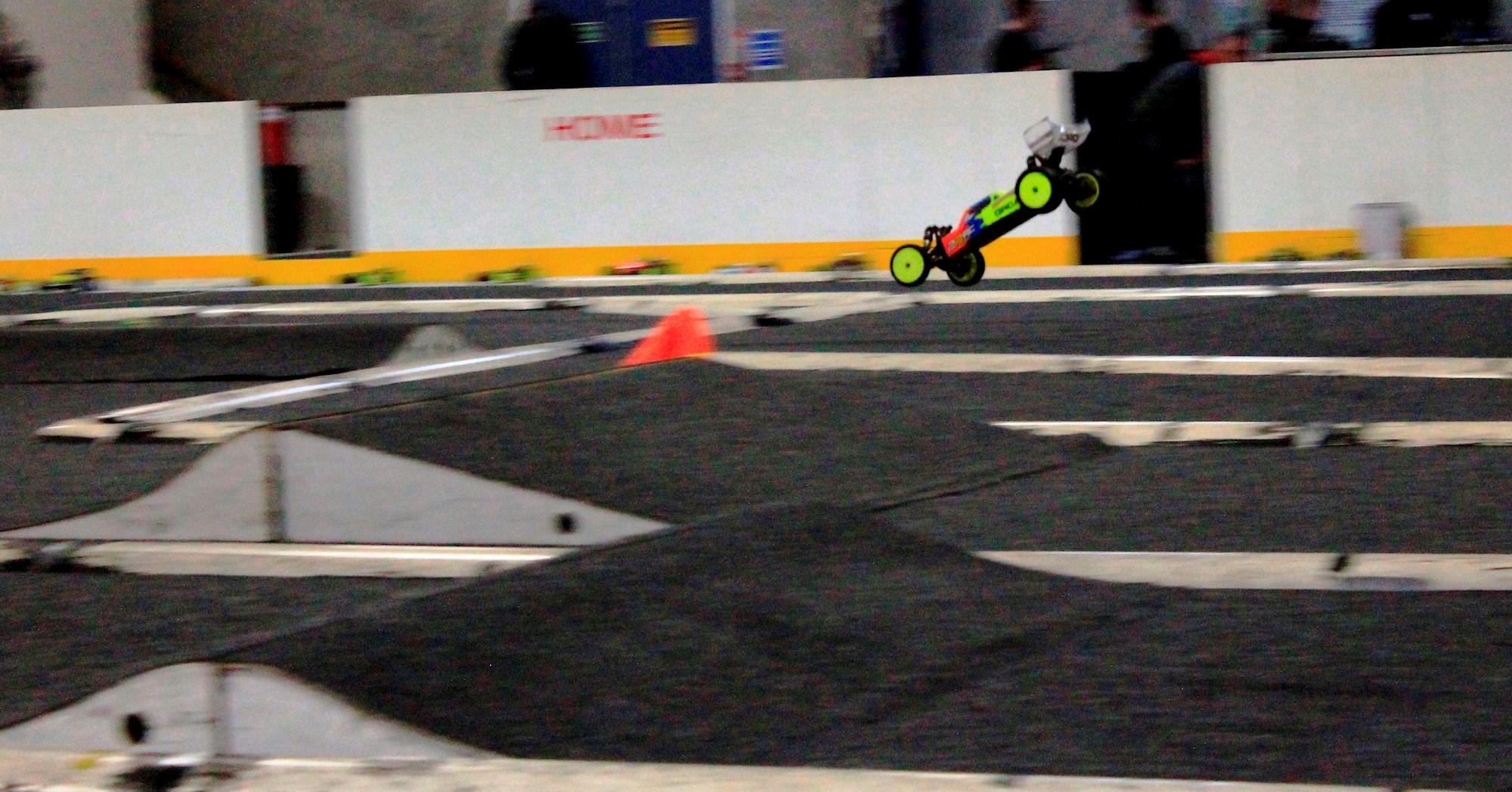
Classes are split into car, wheel-drive and speed groups, with the most popular being 2WD Buggies. Two motor speed groups (17.5 and the faster 10.5 brushless motors) effectively represent ‘stock’ and ‘modified’ classes, with speeds over 60km/h+ real speed, powered by Lithium-Polymer (LiPo) batteries.
There are 2WD and 4WD buggies, truggies (bigger racing truck-style buggies), and sometimes different cars depending on the flux of popularity, but each offer almost limitless tuning combinations and options.
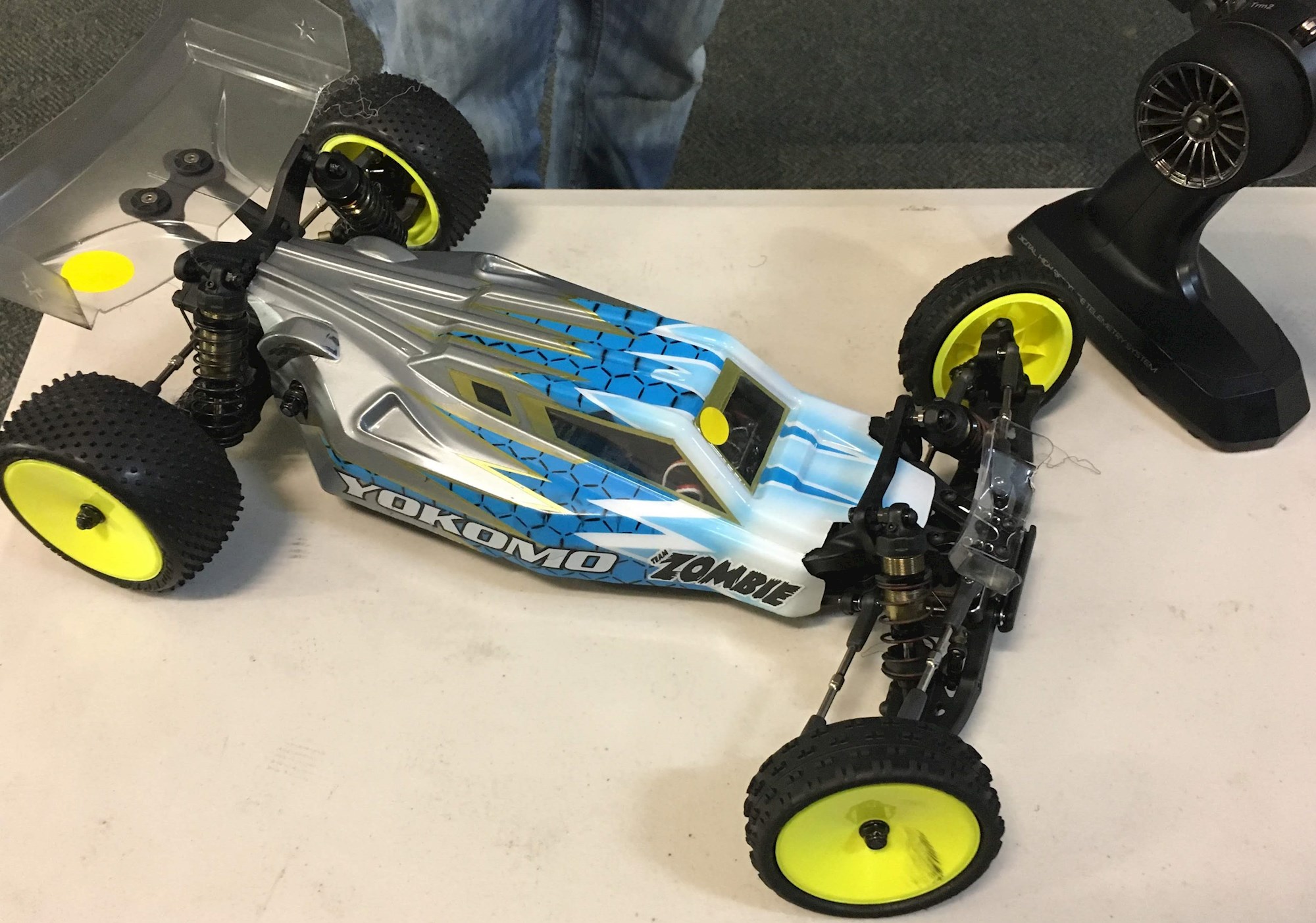
Unlike many series where it’s more car than driver, RC racing is very much about the driver, with race times measured not just in laps completed within a five-min term, but also fastest laps, consistency as a percentage, with results posted (and often visible on the RCLive website): races without any driver errors are rare, though not uncommon, and marshalling points around the track keep cars flipped the right way up.
Racecar set-up is also important, and it’s the adjustability of these scaled-down racers that astonishes as much as it offers: from weight and weight distribution, to gearing, ride height, rake, camber, toe and castor, a number of adjustments somewhat unique to RC such as steering trail and Ackerman angles, to gearing and a myriad of suspension options that’d rival full-size Supercar teams: from oil viscosity to internal valving that affects things like ‘pack’ (the ability to land/absorb a large jump), to spring rates and droop, plus the angles at which the coil-over shock absorber mounts on the top and/or bottom suspension arm or mount. Then there are the electrical adjustments, like motor timing, trail brake, right out to tyre patters both front and rear, and their foam inserts. Battery C ratings, electronic speed controller settings and even transmitter values for travel and exponential just add to the settings offered.
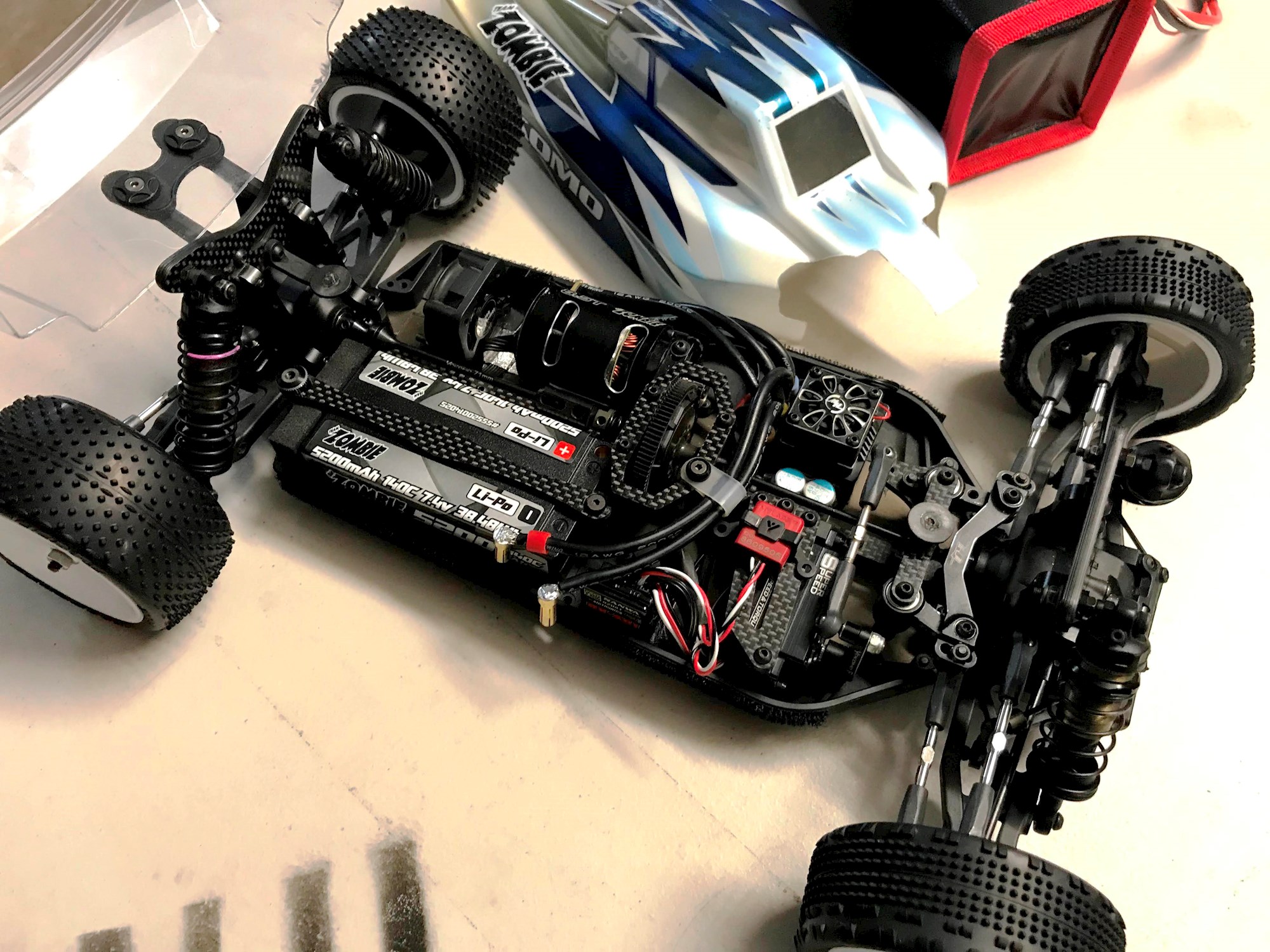
All these tuning options can be bewildering for novices, but most cars offer a ‘base’ set-up, with a typical racecar costing around $1500+, though the nature of newer cars offered every 1-2 years means a good selection of used cars around half that. There’s a real family environment to the sport as well, with racer ages ranging from 8 to 60+, and experienced racers always around offering plenty of guidance, help and set-up, plus the support of local hobby shops and wholesalers, many of whom also compete.
The racing format is simple, with qualifying heats used to determine the final starting grid, and finals, but all are just five-minutes long, which doesn’t sound like a lot, but requires a high level of skill and concentration. One spill, crash or mis-timed jump could be the difference between first or last, and Ricky Bobby’s accompanying scorn, and with around 20-30 mins of track time offered each club meeting plus practice days, it does attract a mix of racers, from teenagers too young to drive, to disabled and even semi-retired full-size car racers.
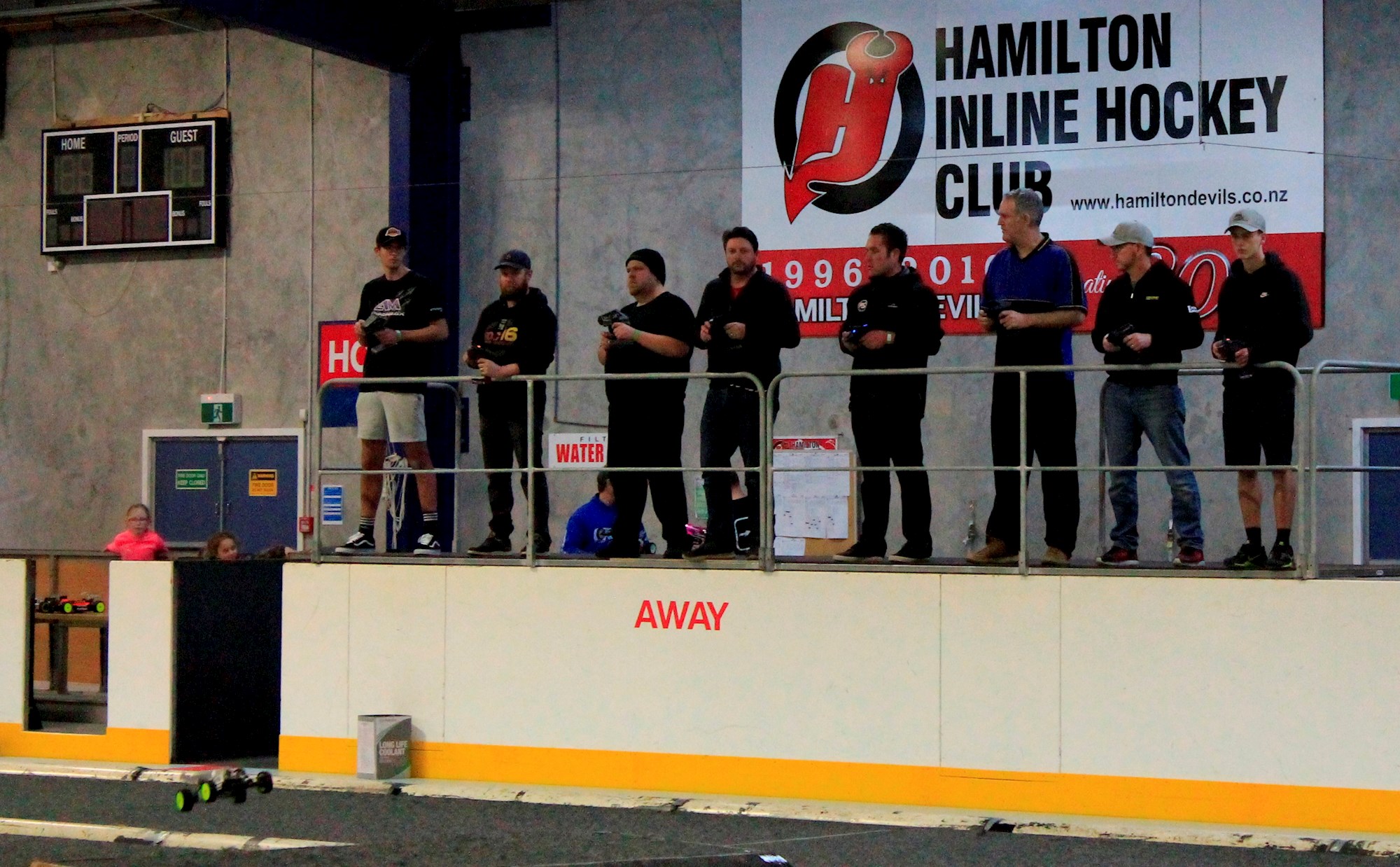
Last year’s Waikato Champs attracted not just 160 of the country’s best RC racers, but also featured for the first time a Pro Invitational, where a field of 10 hand-picked drivers from different regions competed to be the best in the country in effectively the same style of car: 2WD buggy and ‘unlimited’ power motors.
With a home track advantage Hamilton/Huntly’s William Hargreaves proved the man to beat across the six rounds of racing, featuring a random Lotto-style grid pick each time, with in his trio of Yokomo 2WD/4WD Buggies/Truck making a clean sweep of not just the three modified classes, but also the Pro Invitational.
National RC champions are crowned each year, with Auckland/Counties RC car club’s Shane O’Connor one of the country’s top racers, his home Pukekohe track also one of the country’s best outdoor venues.
It’s not just racing laps at the Waikato Champs, either, with an RC drift track also set-up alongside the large circuit, offering a totally different perspective of RC skills and scale realism.
The cars may be small, but the racing is real, and the technology and development is like most sports and car racing, always evolving and improving - and in a time when we're emerging from our car racing starvation, also fun to watch.













